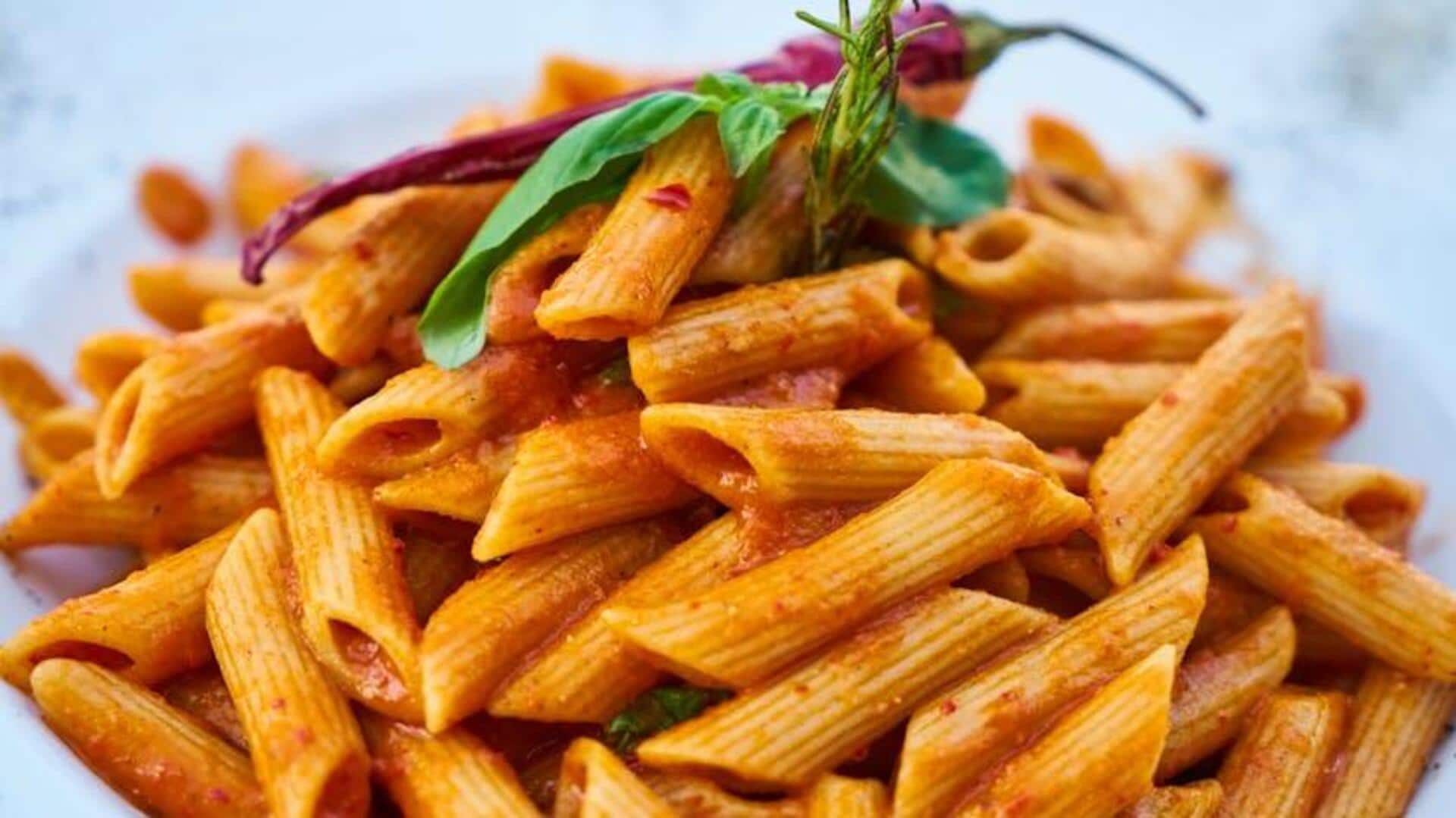
Tracing pasta's journey: Origin, history, and variations
What's the story
Pasta, a quintessential European cuisine, has changed quite a lot over the years. Brought to Europe through trade routes, pasta was modified to local tastes and ingredients. As the trend of vegetarianism grew, pasta dishes evolved to include vegetables and plant-based ingredients. In this article, we trace how pasta's vegetarian evolution happened across various parts of Europe, and what shaped its current form.
Italian influence
Early adaptations in Italy
In Italy, pasta turned into a canvas for regional vegetables such as tomatoes, zucchini, and bell peppers. The Mediterranean climate ensures an abundance of fresh produce that complements the simplicity and flavor of pasta dishes. By the 18th century, Italian cooks were experimenting with various sauces made from locally grown vegetables and herbs.
French twist
French culinary innovations
In France, the culinary scene welcomed pasta by interlacing it with their famed sophisticated traditions. French chefs got creative by making rich, vegetable-based sauces that included mushrooms, leeks, and asparagus. These culinary tweaks exemplified France's commitment to refined flavors while still making fresh, locally sourced ingredients the stars of the show. It made for a beautiful blend of tradition and innovation, highlighting the country's culinary spirit.
Spanish flair
Spanish vegetable infusions
In Spain, pasta came loaded with the taste of roasted peppers, olives, and artichokes. The country's diverse farming landscape offered so many vegetables that they were easily incorporated into traditional recipes. Spanish cooks would often combine these ingredients with olive oil and garlic to highlight the real flavor of the produce.
British evolution
Modern British interpretations
The rise of vegetarianism in the United Kingdom during the late 20th century also changed the way pasta was cooked. British chefs started experimenting with seasonal vegetables like peas and broccoli and inventive plant-based alternatives like tofu or tempeh to make hearty but healthy meals for the vegetarians.